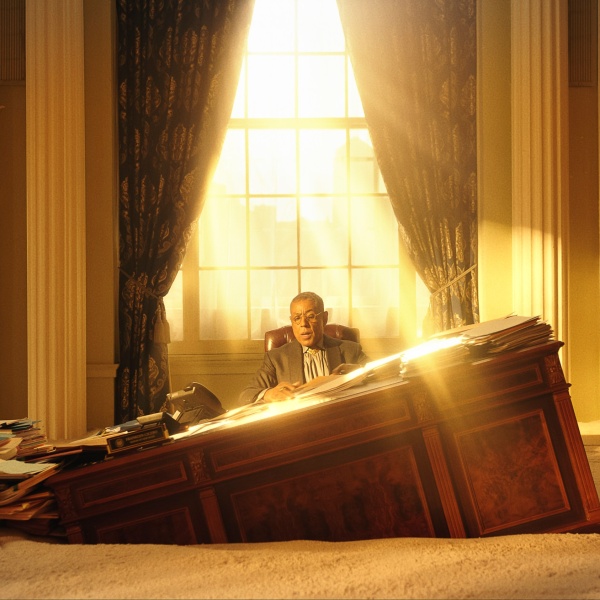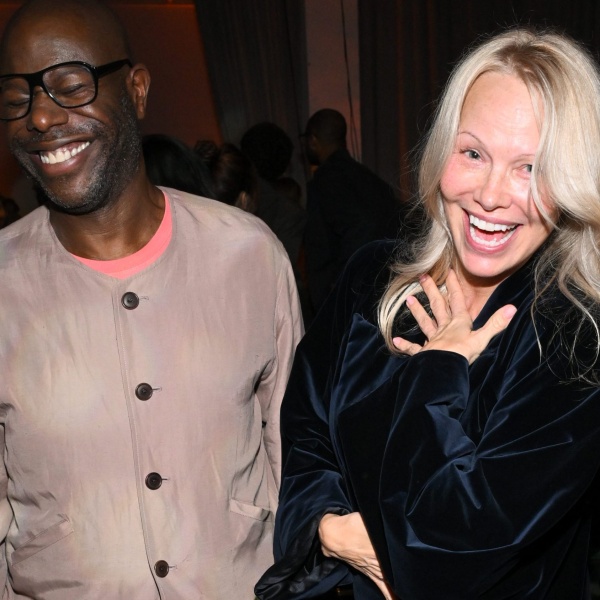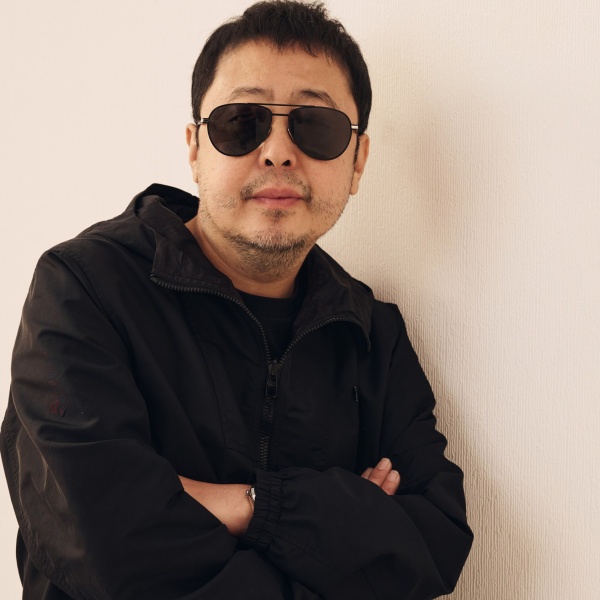Editor’s note: This review was originally published at the 2023 Telluride Film Festival. Netflix releases the film on its streaming platform on Wednesday, November 29.
Most people know Jon Batiste as the former bandleader and musical director for “The Late Show with Stephen Colbert,” but his accomplishments extend far beyond his work as a TV personality. Born into a New Orleans musical dynasty, Batiste took to the piano like a horse to water, but while his classical training and Juilliard education provided him with plenty of technical skills, it was his own diverse creative sensibility that led him to become a household name. He formed the band Stay Human with his conservatory peers in the mid-’00s, during which they frequently brought their brand of R&B and funk-inflected jazz to the streets of New York. These spontaneous “love riots” are emblematic of Batiste’s infectious personality, which he uses in conjunction with his music to uplift the masses.
By late 2021 at age 35, Batiste had accomplished more on paper than most people will in a lifetime. He had played in concert halls all around the world alongside jazz luminaries as well as pop icons, won an Oscar for his work on the score to Pixar’s “Soul,” and his album “We Are” had received 11 Grammy nominations, including Album of the Year. But the same week the Grammy nominations were announced, Batiste’s longtime partner Suleika Jaouad discovered her rare form of leukemia had returned after ten years in remission.
“American Symphony,” Matthew Heineman’s documentary portrait of the artist as a man pulled from all sides, begins in early 2022, just as Batiste starts crafting the eponymous original composition and Jaouad prepares to reenter the hospital. Heineman follows the couple during the tumultuous year as Batiste juggles various professional demands while supporting his partner during her cancer treatments. Batiste and Jaouad’s simpatico creative attitudes keeps their shared spirit afloat during this period; Heineman deliberately contrasts Jaouad’s foray into painting while in the hospital — a necessary creative shift given the radiation’s effect on her vision rendered her incapable of reading or writing — with Batiste’s musical labor. “American Symphony” culminates with Batiste’s premiere of the symphony at Carnegie Hall, but it really captures a chaotic year in the life of a musician.
While Heineman does his best to tie together the film’s many disparate threads — Batiste’s biography detailed via archival footage, his creative process while composing the symphony, his relationship with Jaouad, Jaouad’s harrowing experience with a second bone marrow transplant, the Grammys and the importance thereof — “American Symphony” greatly suffers from a lack of focus. Heineman and Batiste’s ostensible original plan was to solely chronicle Batiste as he composed “American Symphony,” in part by traveling the country to gain inspiration from a variety of musicians. Sadly, a wave of COVID scuttled those plans, and Jaouad’s diagnosis pushed the film in a different direction.
The pivot is entirely understandable — the best laid plans of mice and men go awry — but watching the few process-oriented scenes in “American Symphony,” where Batiste is fully locked into the act of creativity, at the very least suggest a more compelling artist portrait. Instead, the digressiveness of “American Symphony” makes it feel like a collection of scenes, some more potent than others, that ultimately add up to a vague impression.

The most damning aspect of “American Symphony,” however, is how little it reveals about Batiste. While it’s necessary to correct for the brand-management impulse part and parcel with music documentaries of this stripe, it’s disappointing that the sole peek-behind-the-curtain facet that Batiste will allow the public to witness is that he occasionally has panic attacks. The scenes when he speaks to his therapist over the phone are perfunctory at best, a transparent attempt to illustrate that this beaming workaholic also has his down moments. But as much we hear his thoughts about music — how he wants to expand the canon of symphonic music, that classical infrastructure has barred the cultural lineage of Black music, that the lived experience of contemporary America deserves to be consecrated into the orchestra — we tragically learn so little about Batiste the person by the end of “American Symphony” other than his bouts with anxiety.
The throwaway moments in “American Symphony” shoulder more weight than they should. The fleeting moments we watch Batiste mildly lash out against articles criticizing him for not neatly fitting into genre molds, attacking him for his grab-bag attitude towards classical and jazz, are exciting because they don’t feel focus grouped within the broader infrastructure. Regardless of how you feel about Batiste’s music, his passion regarding his polyglot style persuades and his frustration reads as sincere. Similarly, the scene when a journalist asks him about his optimistic façade prompts a startlingly honest response from Batiste: he genuinely wants to inspire people, but he also struggles with the problematic history of Black entertainers employing song and dance to appease white audiences. Though it’s a tossed-off comment in an otherwise on-task portrayal, but it was enough to fantasize about the various directions “American Symphony” could have traveled with a slightly more forceful hand.
Alas, unfettered access comes with strings, so “American Symphony,” while undoubtedly “personal,” in the broadest sense, remains frustratingly anonymous. The scenes between Batiste and Jaouad obviously carry some emotional weight, and the sequence where the couple quietly gets married, as well as Jaouad’s journey out of the hospital, will certainly inspire ripples of emotion. But the latter sections of “American Symphony” feel like a film checking off boxes from Batiste’s year in 2022. His Grammys performance is on-paper impressive, plus the fact that he won Album of the Year over more famous pop stars deserves mention, but the film doesn’t lend it triumphant status, save for the shots of Jaouad and her family watching from their home. (It’s impossible to ignore the prominent “Doonesbury” collection that holds up Batiste’s television on his mantle.) Even the climactic Carnegie Hall performance feels artificially truncated: the drama of the evening and the swell of Batiste’s orchestra, combined with the devastating moment when the power goes out during a crucial movement that halts the performance, all feels like an afterthought because Heineman doesn’t devote enough time to the symphony’s creation. The debut of Batiste’s “American Symphony” narratively should feel like a victory, given how much he expressed his desire to break open the musical canon, but it turns out to be something of an afterthought.
The most genuine moment in “American Symphony” comes when Batiste tries to get his shoes shined at the airport following his Grammys performance. The shoe shiner politely insists that he can’t properly work on his shoes given their texture. Batiste respectfully accepts his decision, but when the shoe shiner slowly learns his potential customer’s identity after picking up a newspaper (not to mention the gracious crowd that gathers in his presence), he informs him he has material that will work with his shoes. It’s arguably the most stagey moment in “American Symphony,” but it feels like a sincere portrayal of an artist off stage, someone who needs his shoes shined even when the spotlight has receded. If only the rest of the film could have captured the same energy.
Grade: C+
“American Symphony” premiered at the 2023 Telluride Film Festival.






